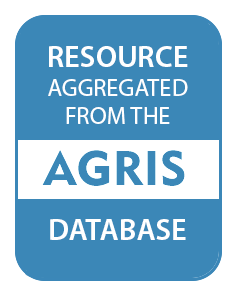Resource information
Meyer’s Parrot Poicephalus meyeri has the widest distributional range of any African parrot. There are six subspecies distributed throughout the African subtropics, all of which manage to breed successfully during the winter dry season when few other cavity-nesting birds are actively nesting. In 2004, we recorded Meyer’s Parrots feeding on four cryptic arthropod larvae incubating inside fruits and pods in their seasonal diet. All of these were previously unknown in the diet of African parrots. Nesting females and chicks were fed regurgitate almost exclusively comprising these arthropod larvae for the first 10� weeks after nest occupation. In 2007, we demonstrated that Meyer’s Parrots actively search for these protein-rich arthropod larvae and synchronized their breeding effort within our study area to coincide their hatching period with the period of highest relative abundance of these larvae, resulting in a breeding synchrony index value of 79.3� % between females in the population. In 2009, we recorded the consumption of similar arthropod larvae parasitizing similar tree species in northern Zambia and two locations in Tanzania, thus confirming this behaviour throughout their distributional range. Similar behaviour is expected in their closest congeners, the Brown-headed Parrot P. cryptoxanthus and Rüppell’s Parrot P. rueppellii. Poor land management practices (e.g. deforestation and frequent fires) most likely influence the abundance of these cryptic arthropod larvae and thus the breeding success of Meyer’s Parrot at population level.


